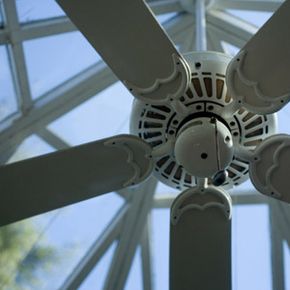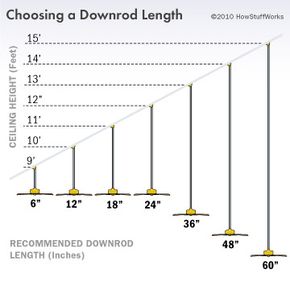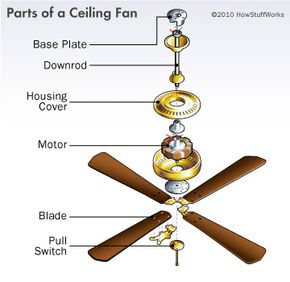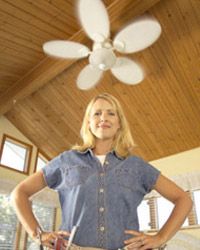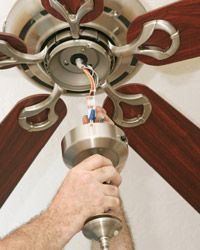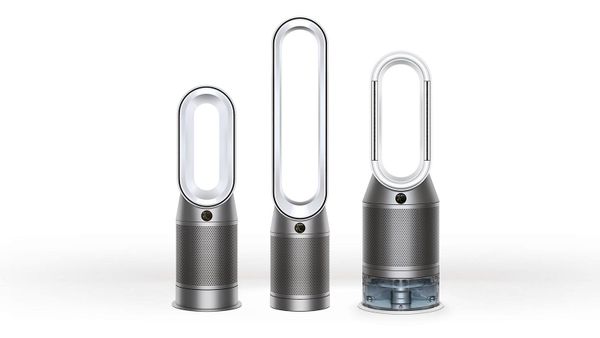Key Takeaways
- Ceiling fans create airflow in a room, enhancing your comfort. By adjusting the direction of the fan's blade rotation, you can make a room feel cooler in summer and warmer in winter.
- The basic components of a ceiling fan include the base plate, motor (with housing) and blades, with options for added lighting and control features.
- Proper installation and maintenance, such as regular cleaning and ensuring all screws are tight, extend the fan's life and efficiency.
You arrive home from work on a summer day, bolting inside to escape the heat. You flip the switch on your ceiling fan, plop down on the couch, and breathe a sigh of relief as the cool air rushes over your body.
Does this scenario sound familiar?
Advertisement
Most people understand the general concept behind ceiling fans, but have you ever thought about what really makes them tick? What about how to choose the best ceiling fan to fit your style as well as save you money?
Since Philip Diehl's invention of the first electric ceiling fan in 1882, ceiling fans have evolved to become the most widely used and efficient cooling systems. Diehl eventually created smaller motors and added lighting kits to enhance his original invention. The style was a mix between a fan and a chandelier, called the Electrolier ceiling fan. The ceiling fan hasn't deviated much from the original idea, but the technology and style have progressed, creating the common household appliance that it is today.
So, whether you want to accent your room with a decorative fan, save money on your energy bill or make a room feel cooler or warmer (yes, you can warm yourself with a ceiling fan!), ceiling fans can do it all.
Continue reading to learn more about ceiling fans and how they can benefit you.
Advertisement
